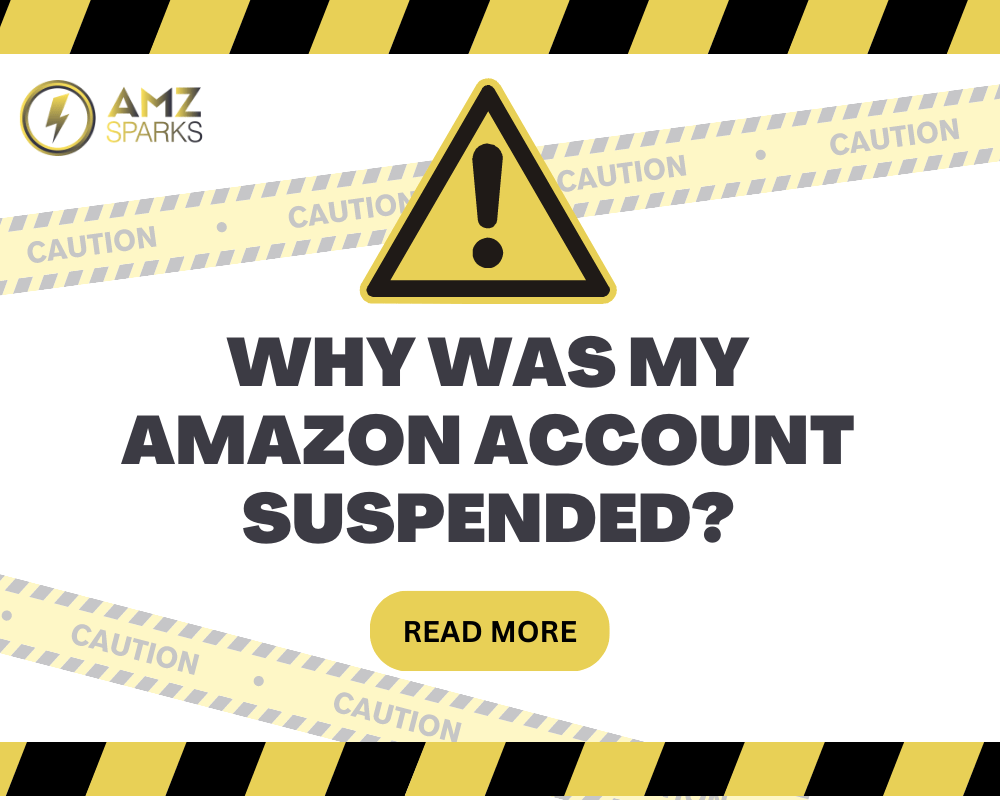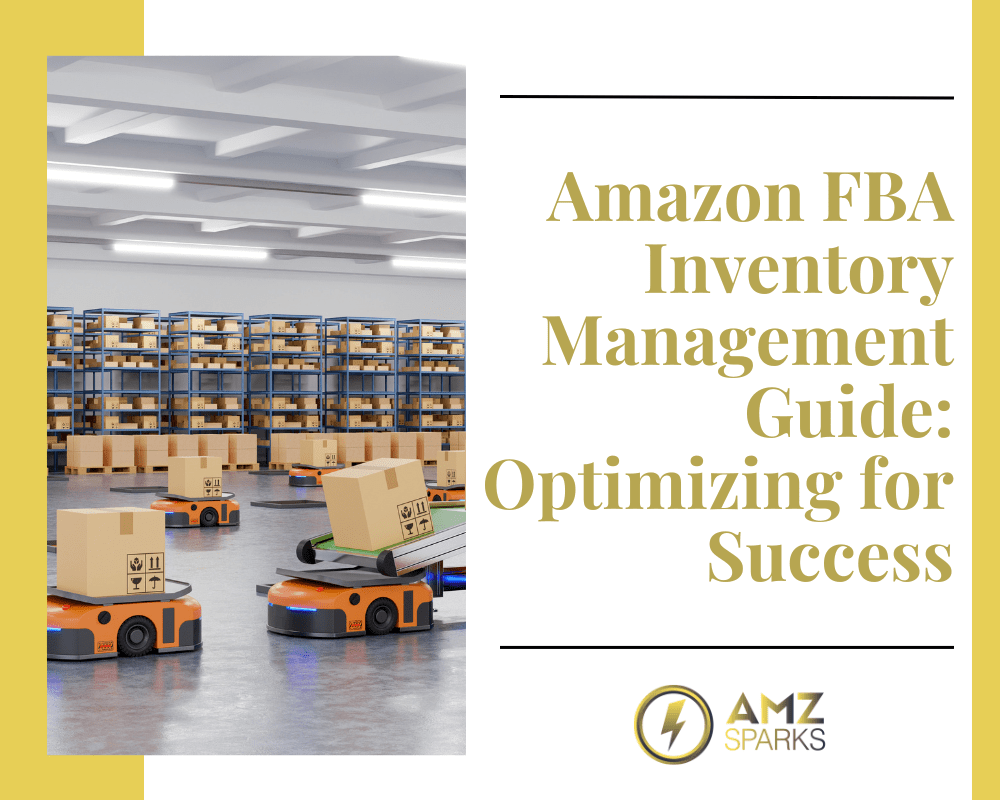In the sprawling universe of e-commerce, Amazon reigns supreme. And within Amazon vast empire, a single algorithm holds enormous sway: the A9 algorithm. Every seller’s dream is to rank their product on the first page of Amazon search results. But to get there, one needs to decode the mysteries of Amazon intricate ranking system.
Why is Amazon Ranking System So Crucial?
Simply put, the higher your product ranks, the more visibility it gets, leading to more sales. The backbone behind this ranking is none other than Amazon A9 Algorithm. A potent mixture of machine learning, user behavior, and intricate data points, A9 determines which products deserve the coveted top spots.
A Brief History of Amazon A9 Algorithm
The A9 Algorithm wasn’t Amazon’s first foray into search optimization. But when it emerged, it was a gamechanger.
Timeline of A9’s Evolution:
In its nascent stages, Amazon’s search was pretty basic. As the platform grew, so did the need for a more refined, seller and buyer friendly search algorithm. Enter A9 in the early 2000s. Over the years, this algorithm has been refined and updated to suit the everevolving ecommerce landscape.
Setting A9 Apart:
Previous Amazon algorithms primarily focused on product relevance. A9 brought in a more comprehensive approach, blending relevance with customer satisfaction metrics, pricing, and more.
Core Components of the A9 Algorithm
Amazon hasn’t disclosed all the specifics of how A9 works, but through research and experience, several core components have come to light.
1. Product Relevance:
Keyword Relevance: A product listing’s title, description, and backend keywords play a massive role. The more relevant these are to user search queries, the better the product ranks.
Amazon Search Terms Insight: Craft your listings with precision. Regularly update backend search terms in sync with market trends.
Amazon SEO Optimization: A product’s organic keyword inclusion, without resorting to keyword stuffing, significantly influences its ranking. Tools and software can assist sellers in this optimization journey.
2. Customer Satisfaction & Retention:
Reviews and Ratings: The more positive feedback your product has, the better it fares in A9’s eyes.
Return Rates: Products that get returned frequently face the A9 axe. Keeping customers satisfied not only boosts sales but also helps in search rankings.
ClickThrough Rate (CTR) & Conversion: How often users click on your product when it appears in search results and subsequently make a purchase is a strong indicator of its relevance and quality.
3. Pricing:
Competitive pricing can influence your product rankings significantly. While it’s essential to maintain profitability, striking a balance with competitive pricing can be a gamechanger. Often, products priced too low can raise suspicions about their quality.
The Role of Keywords in the A9 Algorithm
The digital age’s mantra is “content is king,” but in the Amazon ecosystem, it might be more apt to say “keywords are king.”
1. Importance of Backend Keywords: Backend keywords are the unseen pillars supporting your listing. They might not be directly visible to customers, but the A9 algorithm certainly notices them. Incorporating relevant backend keywords ensures your product appears for a variety of search terms, casting a broader net in the vast ocean of Amazon shoppers.
2. Optimal Places to Insert Primary and Secondary Keywords in Listings: Your product title is the first and most crucial place for primary keywords. But don’t neglect subheadings, product descriptions, and bullet points, where secondary keywords can work their magic. Balancing this blend of primary and secondary keywords is essential for a comprehensive Amazon SEO strategy.
Why Product Listings Matter: Beyond Just Keywords
Keywords might be vital, but a successful product listing is a harmonious blend of multiple elements.
1. Importance of High-Quality Images and its Impact on A9 Ranking: A picture speaks a thousand words, and on Amazon, it might also translate into sales. Clear, high-resolution images not only entice buyers but also signal to the A9 algorithm that you’re offering quality.
2. Significance of Product Descriptions and Bullet Points: Beyond just being a platform for keyword insertion, compelling product descriptions and concise bullet points provide potential buyers with valuable information, aiding their purchasing decision. This in turn, positively impacts click-through and conversion rates, both crucial factors in A9’s ranking considerations.
Pricing Strategy’s Impact on Amazon A9 Rankings
In the competitive arena of Amazon, pricing is more than just numbers.
1. Why Competitive Pricing Isn’t the Only Factor: While staying competitive is crucial, underpricing can sometimes backfire, making customers skeptical about product authenticity or quality.
2. The Hidden Connection Between Price and Perceived Value: An optimal price point signals value. If your product offers unique features or benefits, don’t be afraid to price it slightly higher than competitors, but ensure these unique selling points are clearly highlighted in your listing.
Enhancing Customer Satisfaction to Boost Rankings
Customer satisfaction is not just about selling a product. It’s about delivering a complete and pleasant shopping experience.
1. Role of Efficient Delivery, Stock Availability, and Order Defect Rate: Timely delivery, consistent stock availability, and a low order defect rate are non-negotiables in the eyes of both Amazon and its customers. The A9 algorithm gives weight to sellers who prioritize these elements, recognizing them as reliable and customer-centric.
2. Importance of Amazon Order Completion Metrics: Amazon order completion metrics offer insights into a seller’s efficiency. A consistently high score can significantly bolster rankings, while discrepancies can lead to reduced visibility and even penalties.
Advanced Tips for Sellers: Adapting to A9’s Nuances
The A9 algorithm, like all of Amazon processes, has its subtleties. Harnessing these can offer sellers a significant competitive advantage.
1. Importance of Brand Reputation and Amazon Brand Registry: A reputable brand is a magnet for trust and sales. Amazon Brand Registry not only offers protection against counterfeiters but also positions registered brands as more credible in the A9’s eyes.
2. Utilizing A+ Content and Enhanced Brand Content for Better Visibility: A+ Content and Enhanced Brand Content provide opportunities to showcase brand stories, features, and unique selling points in a visually appealing manner. This not only enhances the customer experience but is also favorably viewed by the A9 algorithm, improving product listing rankings.
Conclusion:
Crafting an Amazon Strategy for Long-term Success. In the everevolving world of ecommerce, understanding the A9 algorithm is paramount for any Amazon seller. It’s not just about selling a product; it’s about selling it right. With a blend of the right keywords, superior product quality, and competitive pricing, the dream of ranking on Amazon first page is achievable. The Amazon A9 algorithm is not a static entity. It’s a continuously evolving mechanism, always adapting to enhance the buyer’s journey. For sellers, understanding its intricacies and adapting accordingly is the key to long-term success on the platform. As Amazon algorithms keep evolving, the journey of understanding and adaptation is continuous, ensuring sellers are always on their toes, ready to offer the best to their customers.



